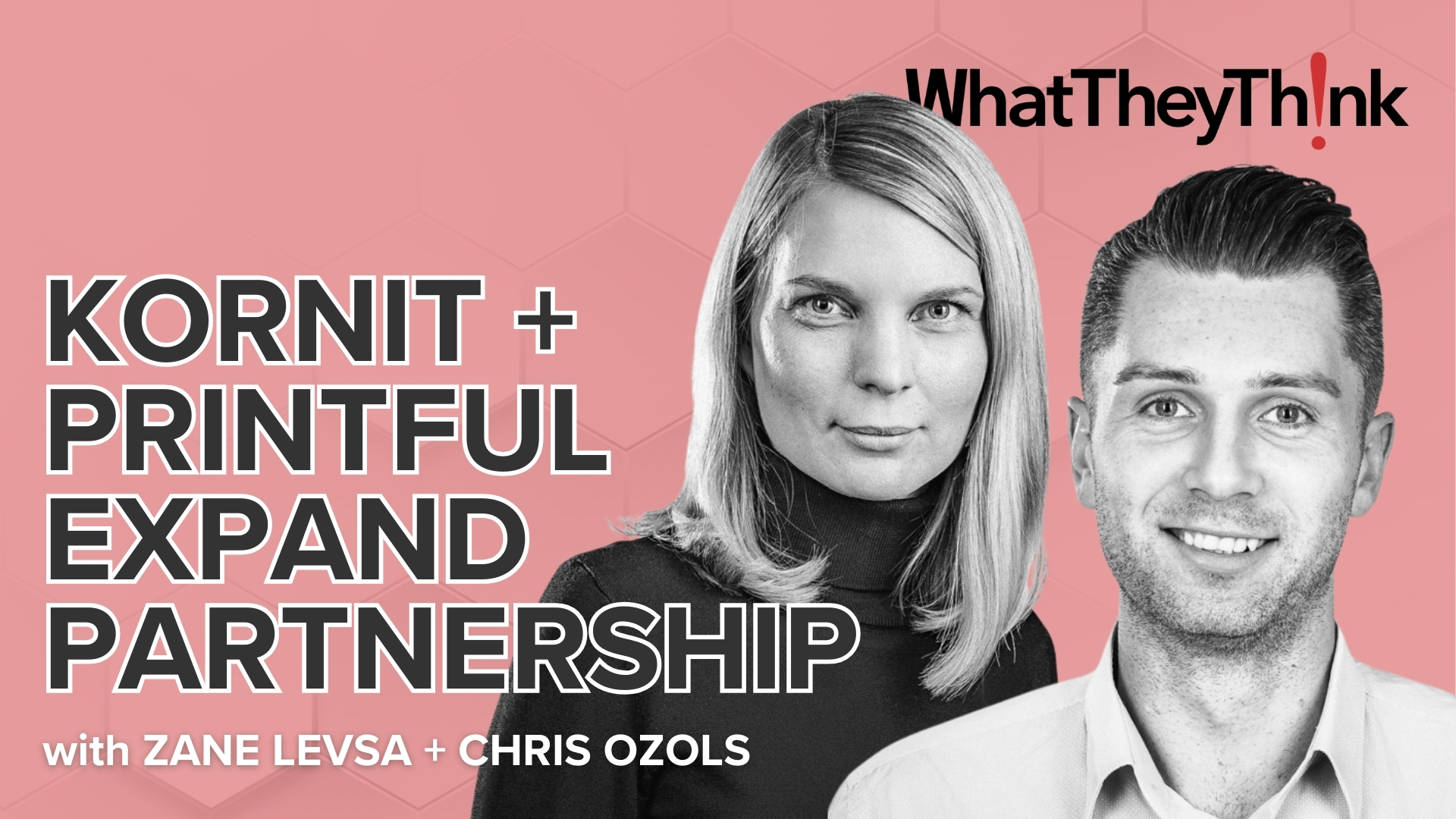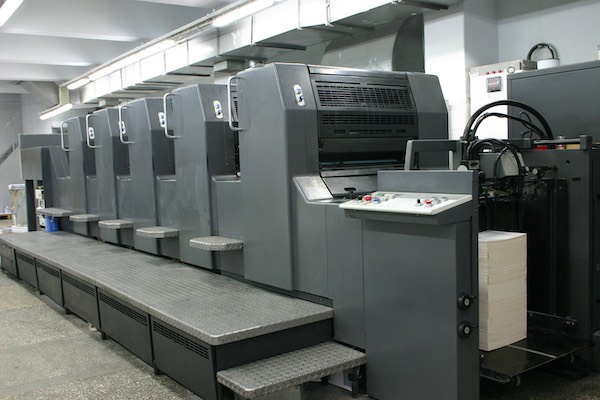Geographics is the kind of company where, at Thanksgiving, members of management serve a holiday luncheon to employees. “It’s a lot of fun,” says Geographics president Norvin Hagan, under whose leadership the Atlanta, GA, company has achieved much that all of its 220 personnel can be thankful for.
Occupying more than 250,000 square feet of space in four buildings near Hartsfield-Jackson Atlanta International Airport, Geographics has reached a point where it probably doesn’t need more physical plant or production assets than it already has. The company’s hallmarks, according to Hagan, are rock-solid customer relationships, freedom from debt, and a level of financial stability that sets it apart from many other printing firms.
As a result, says Hagan, “we’ve never had a year where we weren’t profitable. We’re very conservative folks.” Its business strategy is so conservative, in fact, that Geographics has never attempted to grow by acquisition since Hagan started it in 1976.
Where the Accounts Are
Never, that is, until now. Hagan sees the company’s continuing strength as an indication that the time is right to broaden the base of customers it serves with a well-integrated mix of production, marketing, creative, managed print, packaging, and fulfillment solutions. He believes that the kinds of accounts Geographics can serve best are to be found in the M&A candidates he is targeting: printing firms in the $4 to $20 million range that share Geographics’ attitudes towards operational excellence and customer care.
“What we do exceedingly well is premium brands,” says Hagan, whose interest is keenest in acquisition candidates with premium accounts of their own. He adds that any company acquired by Geographics can be certain that its business will be well taken care of in an environment where everything is geared to the satisfaction of high-end customer requirements.
“The place shows like a new penny,” says Hagan of the print manufacturing operation, which includes three large commercial web presses and a sheetfed complement of six-, eight-, and 10-color perfectors. The company’s digital printing equipment, including a six-color digital press, has been concentrated in a recently opened, 60,000-sq.-ft. “New Media Technology Center” where Geographics and its clients can plan multimedia marketing campaigns.
Something else that potential acquisition candidates should find attractive about Geographics is its sophisticated approach to fulfillment. These services include domestic and international addressing and mailing; freight delivery; custom pick-and-pack; and Internet order entry and tracking. On the premises are 100,000 square feet of secure storage space for finished goods.
Fulfillment Demands “More Gray Matter”
At Geographics, says Hagan, fulfillment “is not just shipping out kits”—it’s a complex logistical process that relies heavily on data management and the continuous analysis of customer needs. Good fulfillment requires, as Hagan puts it, “much more gray matter” than it used to, and Geographics strives to get better at the task with each new fulfillment assignment that it undertakes.
Although Geographics has launched and spun off businesses in the past, it has remained a private, closely held company committed to organic growth. This meant, says Hagan, that when he and his management team were looking at a prospective acquisition about a year ago, “we realized that we didn’t know that much about M&As.”
Given the relentless demands of running a large printing company, it wasn’t possible to dedicate an internal task force to scouting and studying candidates—tasks best entrusted, Hagan says, to professionals who have done it before. Hence his present relationship with New Direction Partners (NDP), an investment banking and financial advisory firm specializing in print industry M&As.
With NDP’s help, Geographics now can evaluate candidates with clear objectives and specific criteria in mind. The goal of an acquisition, according to Hagan, shouldn’t merely be to inflate sales. What Geographics wants to know up front, he says, is whether the accounts it might absorb can take full advantage of the capabilities and services that the company provides. As Hagan says, “If you can't do a good job for customers coming in, what do you really get?”
Playing to His Strengths
Although Geographics continues to pursue organic growth, Hagan acknowledges that recession and recovery have made this path harder to travel than it used to be. In the current economic climate, he observes, “it may even be cheaper to grow by acquisition”—a circumstance that validates his decision also to explore growth by M&A in a systematic, professionally guided way.
in Hagan’s view, tough times help Geographics by underscoring the reassurance it can offer to print buyers who want to be sure that their vendors are financially stable. He acknowledges, though, that the size of a printing business—even one as large as Geographics—doesn’t necessarily guarantee the strengths that print buyers are looking for.
“The value is in the customer base,” declares Hagan—in the depth of the relationships that align the capabilities of the service provider with the needs of its accounts. Whether a printing firm is seeking to acquire or to be acquired, he says, it’s the factor that most strongly determines the likelihood of transaction’s success.








